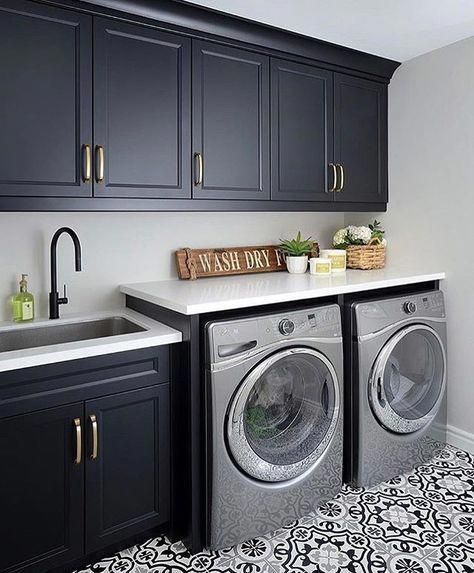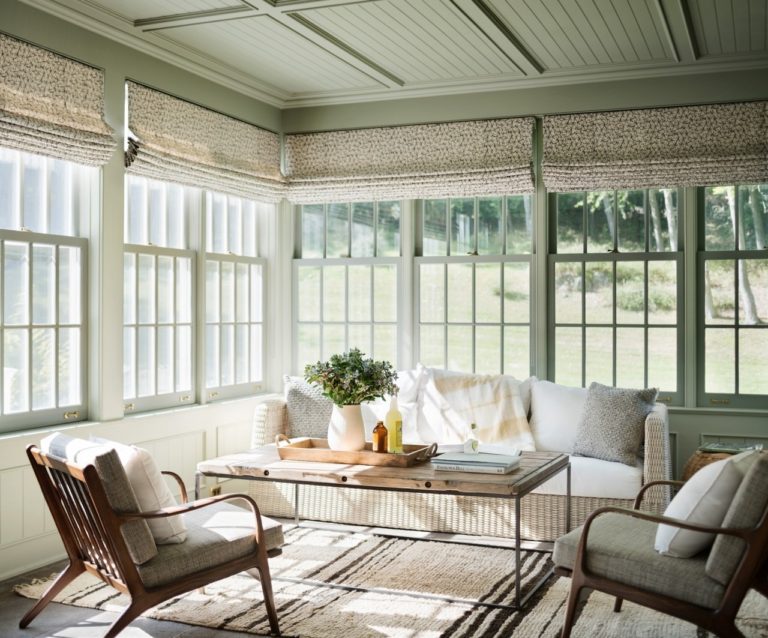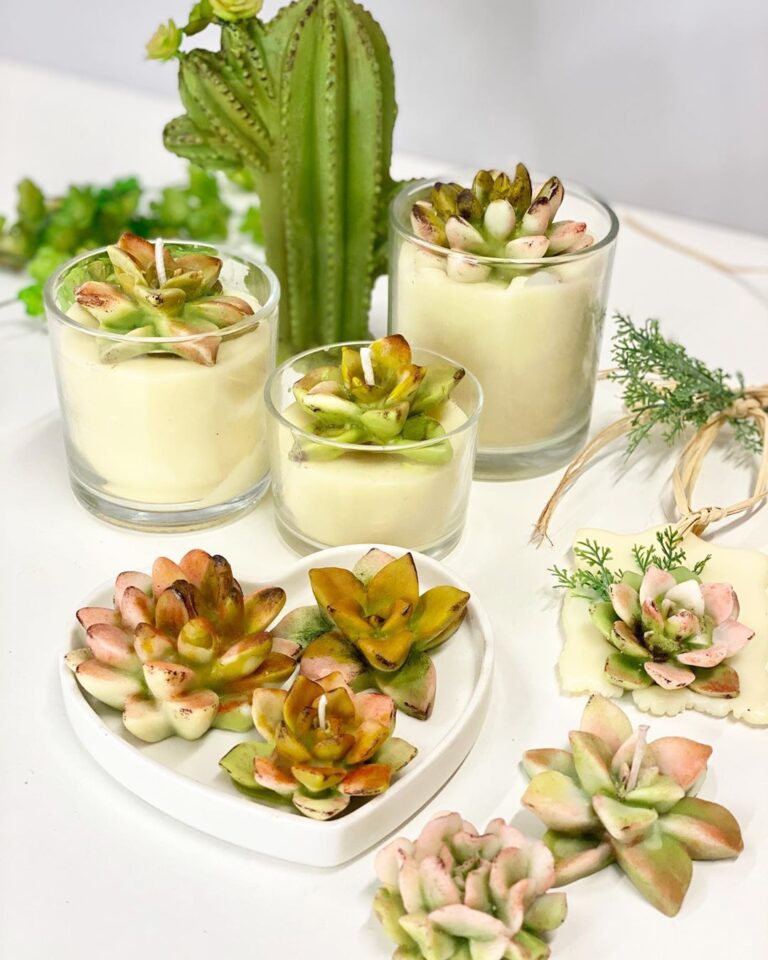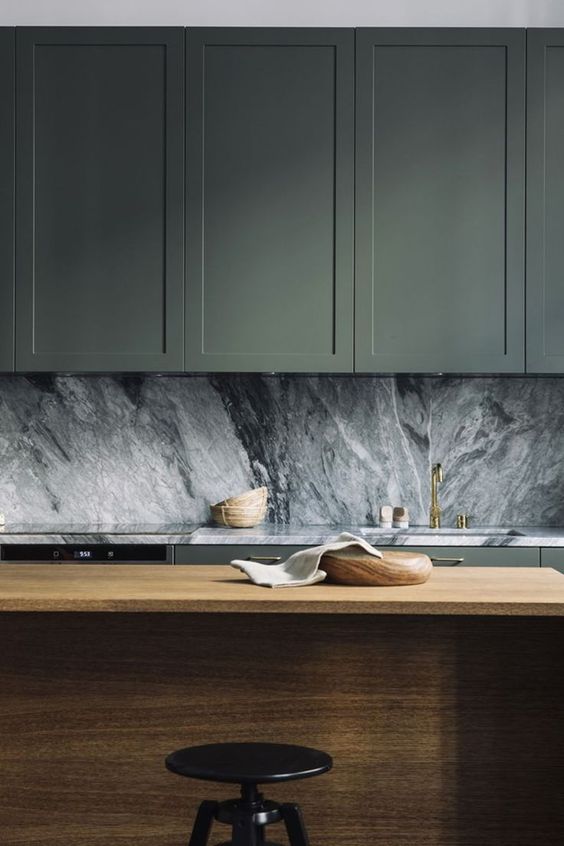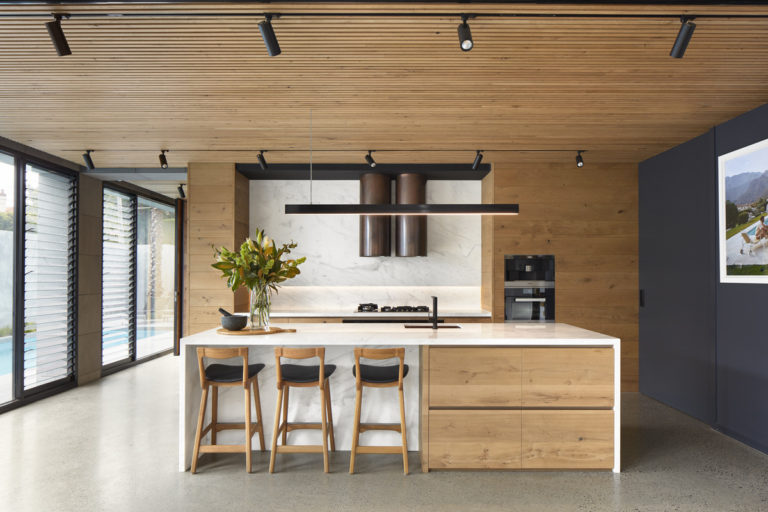How to Connect a Portable Generator to a Home?
One of the best gifts to buy for your family is a portable generator. If you are living in areas where there’s a steady electricity supply, you may not want to buy it. But, one reason to pick this machine is to be proactive. Sometimes, a power outage can occur unexpectedly and plunge homes into darkness. At that moment, you can use your portable generator to provide power for the family. But bear this in mind, portable generators are not meant to accommodate every home appliance. At least, you can use it to power your television, lighting, fridge, etc. But when it comes to powering your heater, air conditioner, or even stove, you may consider the big bucks.
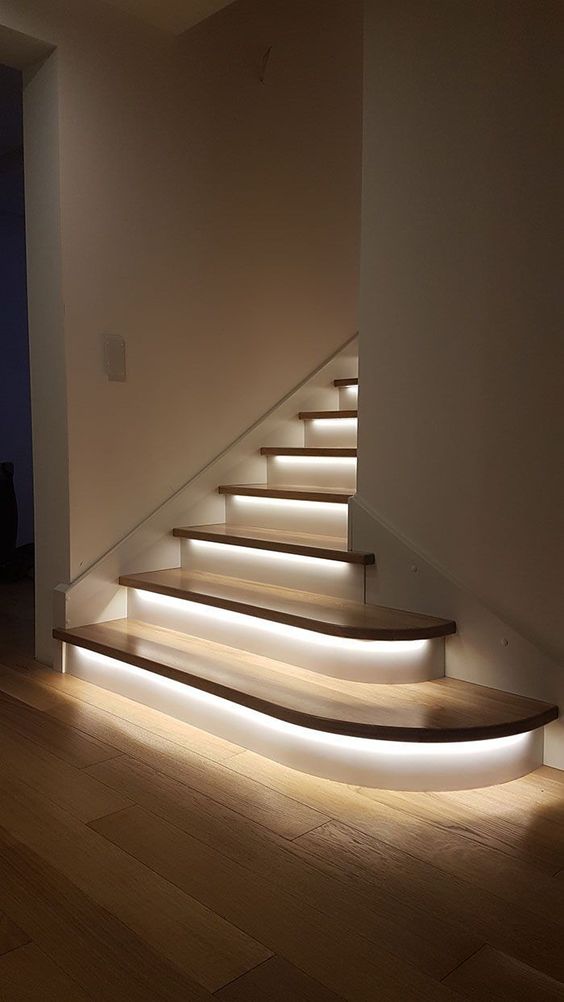
So, let’s help you to connect a portable generator to your home.
1. Check the wattage and decide on the appliances to use
You already know that not every appliance can go. Normally, if you have a portable generator powered by petrol, and offering 3500W, few things can work with that. For instance, you can use your fridge/freezer, TV, lighting and fans. The place to find its rated power is usually on the body. But if it’s not there, check the manual so that you’ll know what to use.

2. Decide on the wiring system
You have many options when it comes to a wiring system but let’s check out two popular ones here. There is the manual transfer switch, and there is the interlock kit.
- The interlock kit wiring systems are affordable and easy to install. You can do it yourself if you want, but it must be correct. The only issue with it is that most areas view it as illegal connection and can report you to the authorities. But if there’s no such thing in your area, you can explore the option. Again, if you want to install it safely, ensure that there’s adequate space in your breaker box. If not, get a new one and hire a professional to install it. Also, don’t overlook the importance of achieving a match between the interlock kit and the breaker box. So, use the same brand to avoid issues.
- Manual transfer switch is a bit expensive, and its installation requires a professional touch. But it is legal and also considered the safest way to connect a portable generator to your home. With this switch, you and others are safe from electric shocks or outright electrocution.
So, you need to choose the option you prefer.
3. Set up the inlet box hookup
You need the hookup with recessed male connector outside the house to connect your indoors panel system. Here again, you need to hire a professional to handle this installation to ensure that the system is accurate and also to keep you away from accidents. Apart from your safety, insurance companies demand such careful process during installations. If you do it yourself, they may find reasons not to cover the house. Also, some cities may penalize you for such mistakes, or you may end up causing accidents, for other people.
4. Avoid the “do not.”
If you don’t want to end up burning your home to the ground or causing avoidable accidents, use professionals to establish this connection. If you would rather handle it yourself, take cognizance of these warnings
- Don’t connect your portable generator to the breaker box unless there’s a transfer switch.
- Don’t connect it to the dryer or washing machine outlet.
- Don’t do it yourself if you don’t have the experience
5. Call for inspection
No matter what you do, we advise that you get a specialist to check and recommend the right way to connect your home. But if you’ve completed your setup, it wouldn’t hurt to get a professional to check what you’ve done. Faulty wiring can cause a fire so unexpectedly that you’ll regret doing it yourself. So, save yourself the headache and call for a professional electrical work inspection.
Once you are done with the wiring, it’s time to plug everything and supply power. So, do the following:
- Place your generator at a good distance away from the house to avoid fire if it malfunctions
- Plug the generator to the outside hookup, making sure that the cord holes and hookup prongs match. Plug it in and turn it a 15-degrees position.
- Plug the attachment cable to the generator and also turn like before. You can even select your choice voltage if required.
- Check the generator engine for oil and also check the throttle.
- Start the generator engine according to how the manufacturers instructed in the user manual.
- Go to the breaker and switch the systems by turning on your generator main instead of the utility.
- Flip the system breakers and turn the appliances on. But do it one after the other so the generator can accommodate all.
Conclusion
Connecting your generator to the home can be an exciting DIY project, but it has some disadvantages too. Since the risk may outweigh the advantages, we recommend using a professional in the beginning. Also, apart from the petrol-powered portable generators, you can utilize the portable inverter generators here at https://powertoolsgeek.com/best-portable-inverter-generator/


